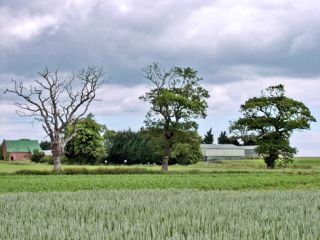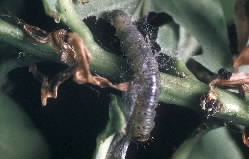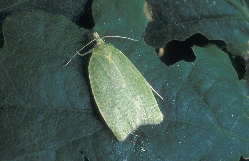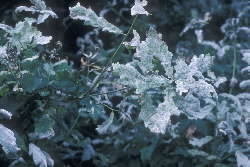 Oak decline is a complex disorder or syndrome in which several damaging agents interact and bring about a serious decline in tree condition. The agents can be abiotic or biotic and the latter often include insects and fungi which are not capable of invading healthy trees but can be very destructive to weakened oaks.
Oak decline is a complex disorder or syndrome in which several damaging agents interact and bring about a serious decline in tree condition. The agents can be abiotic or biotic and the latter often include insects and fungi which are not capable of invading healthy trees but can be very destructive to weakened oaks.
The combination of damaging agents may vary with each different episode of oak decline, but the outward effect is a suite of broadly similar symptoms. Initially there is a deterioration in the appearance of the foliage of affected trees and then, sometimes over several years, progressive death of branches can occur. In some cases the decline is terminal and leads to the death of the whole tree.
Because of the way affected trees often have dead branches or dieback in the crown, this disorder is sometimes also known as oak dieback or even dieback-decline.
In the UK the first major documented oak dieback episode occurred in the 1920s. A succession of years when oaks suffered defoliation by caterpillars of the oak leaf roller moth (Tortrix viridana) feeding on the newly formed leaves, followed by damage caused by the oak mildew fungus (Erysiphe alphitoides) attacking the second flush of leaves, were thought to be the main agents responsible.



Another episode of serious dieback occurred in 1989–1994, when drought damage was considered to be a key factor and the weakened trees were then attacked by the two spotted oak buprestid beetle, Agrilus biguttatus, which resulted in tree death.
Elsewhere in Europe, particularly in Germany and Sweden, it has been recognised that species of Phytophthora (especially P. quercina) which attack the fine feeder roots can also play a key role in oak decline.
Generally, common or pedunculate oak (Quercus robur) is considered to be more susceptible to oak decline than sessile oak (Quercus petraea) in Britain. However, both species can be affected by the disorder and research from a number of European countries has demonstrated this.
For more information about oak decline or to report severe outbreaks of this disorder, please contact the Tree Health Diagnostic and Advisory Service